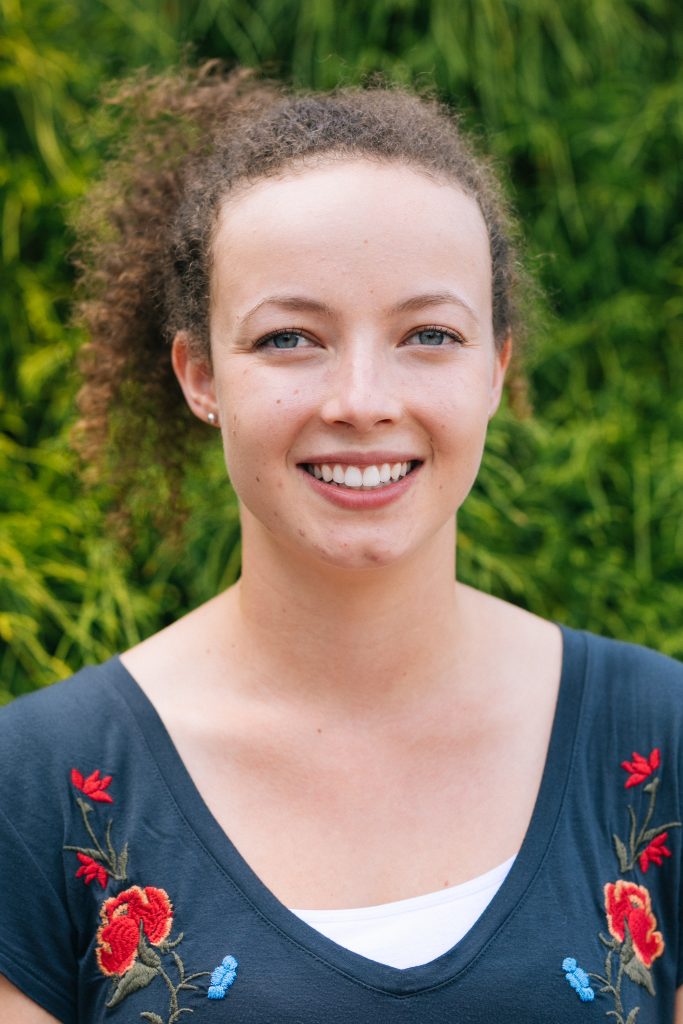
The exciting news flashes across your screen: You have just received $500 for using your daily fitness-tracking app for one month! Who knew exercise could provide both a handsome financial reward and improved health?
The use of smartphone applications in other aspects of preventative care such as patients keeping track of their own health conditions and medications will soon be the norm. The consequential benefits are two-fold: patients would experience a reduction in office visits and physicians would have a reduced workload. This is vital if a crisis in the American health industry is to be avoided.
New technology that utilizes smartphones and places more care into the hands of the patient is necessary because doctors are overworked and according to the American Medical Association, physician shortages are predicted to reach 120,000 by the year 2030. This is due in part to the Affordable Care Act of 2010, which increased the number of insured Americans by making insurance more accessible. However, while this is a laudable achievement, when it is combined with the retiring “baby boomer” population, this has increased the workload for physicians across the country, to the point where physician burnout is at an all-time high. It is estimated that burnout is affecting over half (54%) of all doctors practicing in the U.S., according to the American Journal of Medicine. Unless medical schools can significantly increase matriculation, and add more doctors to the practicing pool, burnout will limit access to quality healthcare across the U.S.
Another way to provide quality care at home through smart devices is to utilize artificial intelligence. Stanford University is currently testing apps that can diagnose skin cancer, where the software is programed to recognize cancer by using a database containing thousands of pictures of melanomas. One of the most exciting developments in preventative care is the creation of the Crisis Textline, which uses a smartphone to connect mental health patients to a trained counselor. Suicides have been prevented in children as young as eleven who have trusted a familiar piece of technology to reach out for help. This will be a continued area of growth based on the unprecedented number of texters who used the service in 2018. The future is ripe for the development of apps that monitor patients’ mental health conditions through the smartphone’s built-in sensors. Depression results in slower speech, while mania leads to faster speech, which can be tracked and recorded by the phone, allowing doctors to monitor their patients’ conditions remotely. These apps will increase early diagnoses and alert physicians before conditions worsen, leading to better health outcomes and less follow-up work for providers.
Technology can deliver both exciting and brutal news within seconds. Whether you have won $500 or just been diagnosed with skin cancer, technology lacks the empathy that only a human being can provide. However, by partnering technology with trained physicians, patients in the future will be more empowered than ever to take ownership of their health.